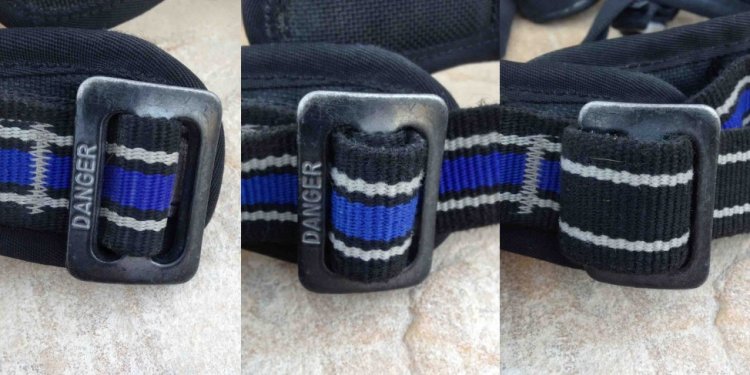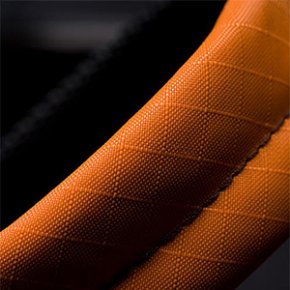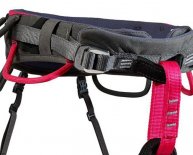
Harnesses for Rock Climbing
 Your harness is one piece of climbing gear that you absolutely don’t want to fail.
Your harness is one piece of climbing gear that you absolutely don’t want to fail.
Cams and bolts can break, but it’s still possible to survive a fall depending on what backups you have underneath you. Your harness doesn’t have a backup, and you rely on it just like you rely on your rope. So how do you know when your harness should be replaced?
The lifetime of a harness is difficult to pinpoint because each harness has a different lifetime, even if it’s the same brand and style of harness. Every climber climbs different difficulties, in different styles, and in different locations. Climbing companies like Black Diamond, Petzl, Arc’teryx, and Mammut provide a general lifetime in the instruction manuals that come with each harness (you can also find most manuals online). This lifetime can be anywhere between one to ten years, and although it’s excellent to refer to the manual, many time frames are too vague for you to completely rely on. Instead of depending on the company to tell you when to replace your harness, you should take the factors below into consideration and inspect your harness for signs of failure before each climbing session.
Instead of depending on the company to tell you when to replace your harness, you should take the factors below into consideration and inspect your harness for signs of failure before each climbing session.
Signs of Wear and Tear
The most obvious sign to look for, while you’re inspecting your harness, is wear and tear. Tears, cuts, and abrasions can be found on most harnesses, so you need to differentiate the serious ones from the not-so-serious ones. The tie-in points are the most critical parts of the harness to inspect because they’re the quickest parts to wear out. Look out for deep tears and cuts, but don’t worry if the points have “fuzzy” fabric. Most used harnesses have fuzzy tie-in points because the rope rubs against it. You should worry about it once the rope wears the fabric away to the point that you notice it’s thinner in areas. Certain companies like Petzl and Arc’teryx (pictured) have different colored nylons underneath the tie-in points that let you know when they are close to failing. Even though the tie-in points are generally the quickest parts that break, be sure to check the other components that make up your harness like the belay loop, waistband, and leg loops for any signs of wear. You should ditch your harness when it gets any significant tear, cut, or abrasion on any part.

















